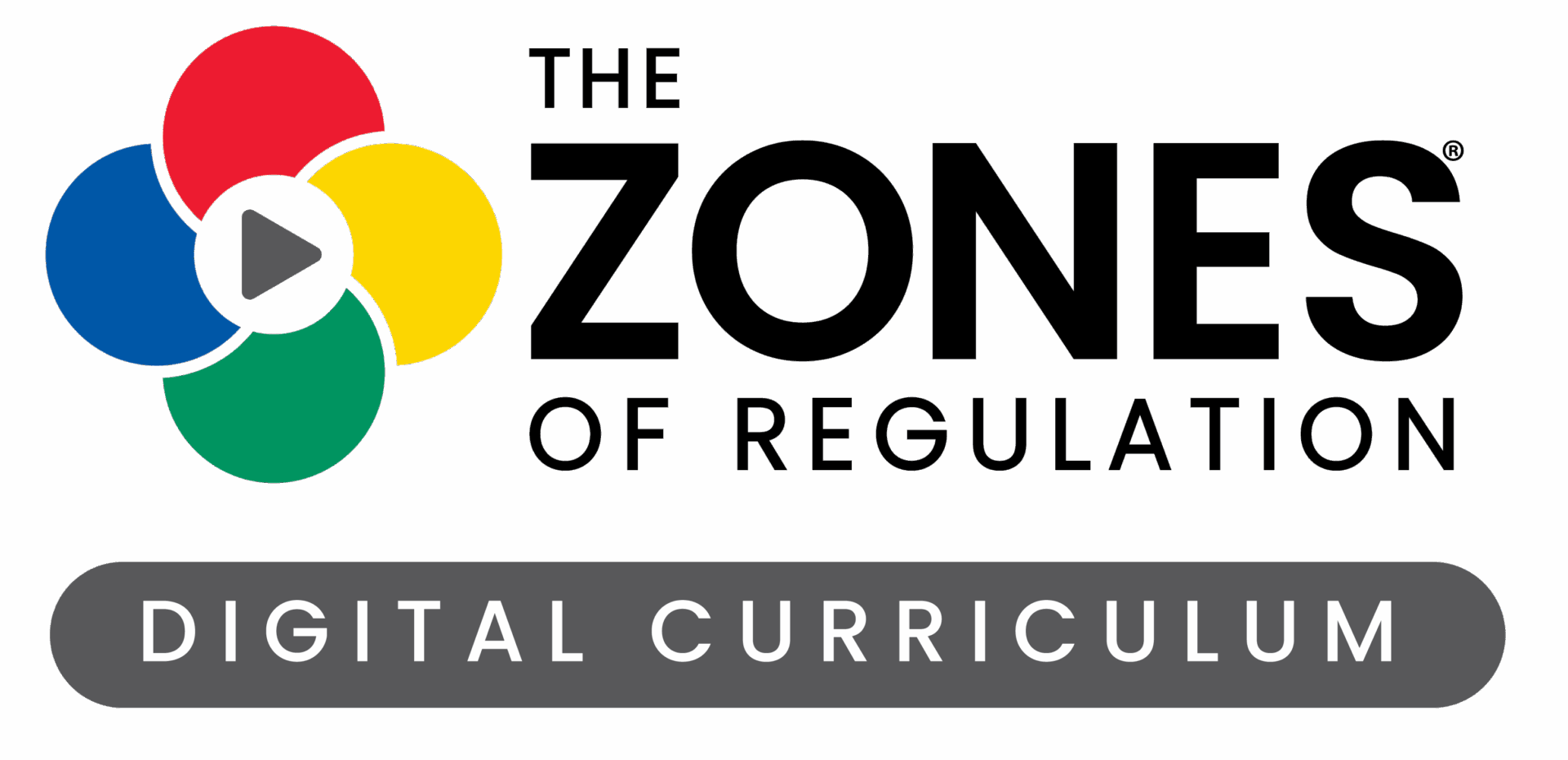Implementing in Different Settings
2
Implementation of The Zones of Regulation can occur in a variety of settings. There is no best place to implement; in fact, a best practice is for learning to happen across settings. Ultimately, teaching learners in their natural environment, whether it’s their home, classroom, or community setting, will help them best connect with their authentic experiences and apply learning.
What Can the Zones Look Like in Different Settings?

HOME
- Includes residential settings
- Implementing and using Zones Climate Elements
- Some direct instruction of Zones concepts including the Signature Practices
- Bridge: Closely working with educators, therapists, other team members to carry over direct instruction happening in other settings (such as school or therapy)

SCHOOL
- Direct instruction within or across multitiered supports (Tier 1, 2, 3)
- Instruction led by school counselors, school social workers, special education staff, general education teachers (depends on implementation plan)
- Zones Climate Elements utilized schoolwide
- Zones is used as an inclusion strategy for learners with regulation differences
- Bridge: Closely working with caregivers, teachers, outside of school providers to carry over direct instruction to other settings

AFTER-SCHOOL & COMMUNITY PROGRAMS
- Includes childcare programs, clubs, community or religious groups, camps, sports, arts programs, etc.
- Implementing and using Zones Climate Elements
- Direct instruction of Zones concepts may vary
- Bridge: Closely working with educators, caregivers, other team members to carry over direct instruction happening in other settings (such as school or therapy)

CLINICAL & THERAPEUTIC PRACTICE
- Includes clinics, hospitals, treatment centers, private centers, and correctional facilities
- Instruction in an individual or small group format
- Highly personalized goals and treatment plans
- Highly adapted instruction for each individual or group
- Bridge: Closely working with caregivers, educators, and support team to use Zones Climate Elements and help learners apply skills across settings



